It wasn’t just chance that we got up to date on the KE-7 earlier this week – I wanted to have that in your mind before posting this interesting piece. We found it in the NFC “Pattern Room” collection in the UK, and it was something I hadn’t heard of before. There are wisps of information floating around the net that Pal Kiraly continued work on the KE-7 type LMG after it was released. That was in the late 1920s. This light machine gun we took a look at is labelled as dating from circa 1935 (the gun itself is wholly devoid of markings), and bears a striking resemblance to the KE-7. It’s not the same, though, as this design is gas operated instead of recoil operated.
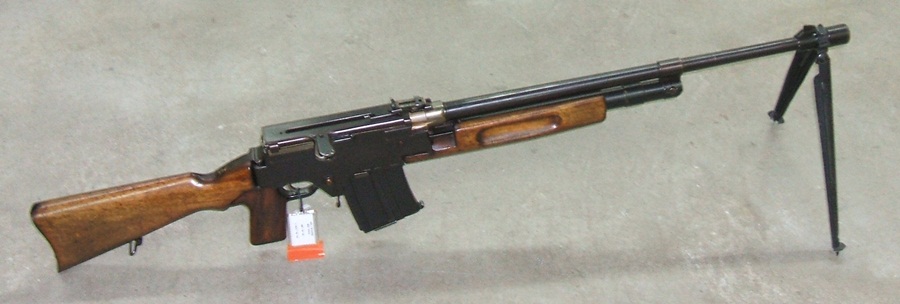
What I found particularly interesting, though, is that this was one of the most complex internal mechanisms I’ve ever seen in a gun. Normally I’m totally gung-ho to dive in and disassemble something I’ve not seen before, but this thing had so many fiddly bits inside that I pretty much set it down and backed away slowly (we’ll take another crack at it next time we visit the NFC). Really, it took some time just to figure out how to close the action after I opened it.
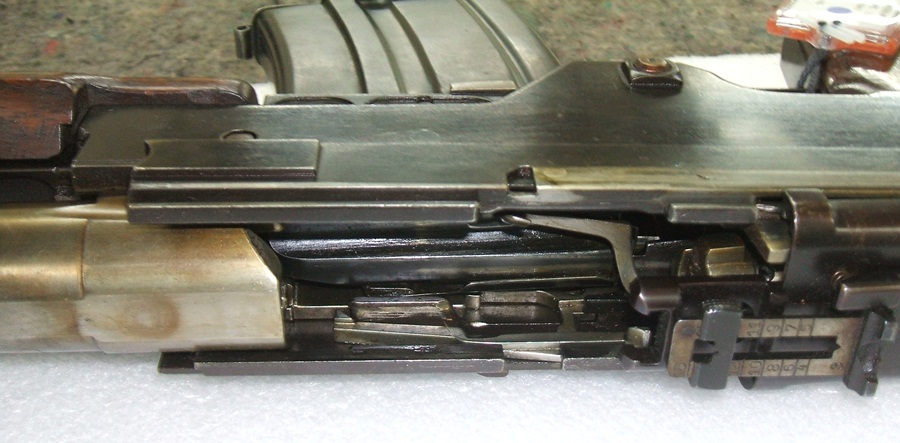
The KE-7 seems to have been pretty reasonably built, and it seems odd that Kiraly would follow a pretty decent design with this nightmarish thing, instead of development working the other way around.
We do know that this piece is made for 8mm Mauser, and uses a 4-lug rotating bolt. If I recall correctly it used the underside gas piston to push the whole barrel assembly backwards for operation. Presumably the inertia from that short initial movement would have been used to fully cycle the action, but I don’t know the details on how. You can just see the bolt head on the right side of the above photo. The rest of the photos we took here (and you can download them all as a high-res zip archive here):
[nggallery id=151]

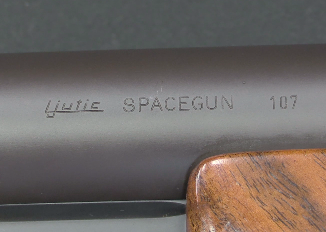
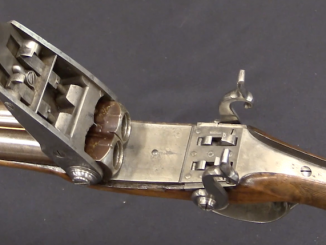
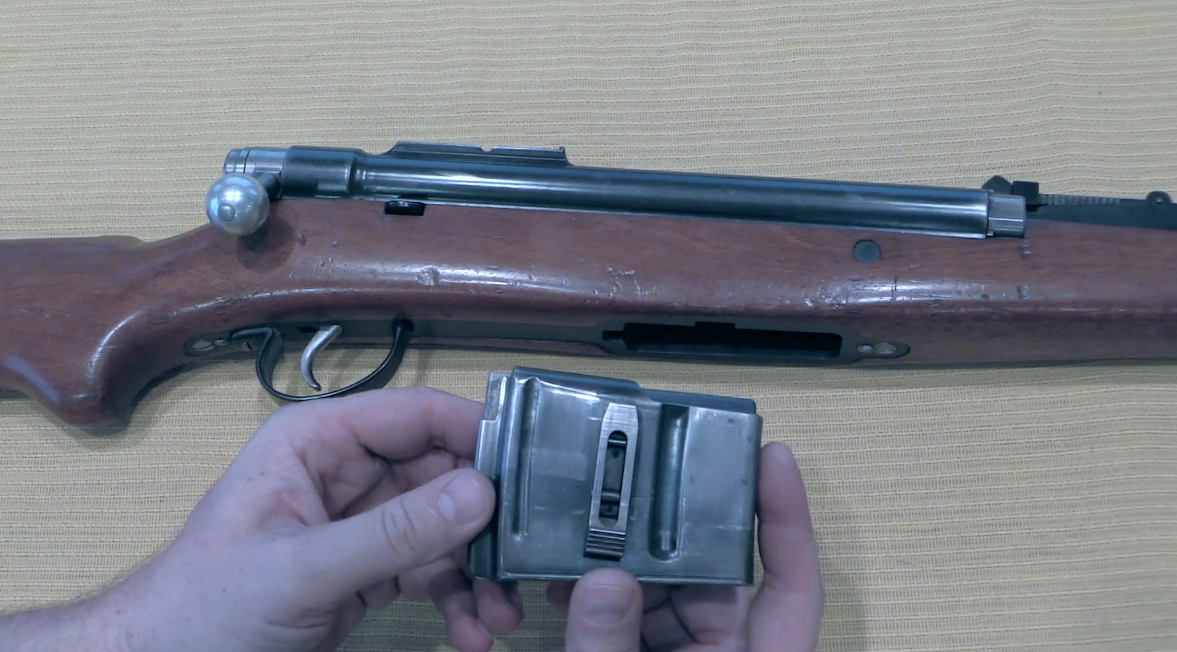
Is that top plate for charging the gun? I hope it is a non reciprocating one 🙂
Very interesting set of pictures!
Does anybody have more information about this gun?
I’m pretty sure the top cover is non-reciprocating…but I’d still hold my face well clear the first time I pulled trigger. 🙂
Just looking at that complex jigsaw puzzle makes me scared.
The picture of the complicated internal workings of the gun reminds me of the fearsomely complex, delicately-balanced and somewhat temperamental Gebauer recoil-operated aircraft machine-gun, designed by Ferencz Gebauer of the Danuvia Arms Company, Budapest, Hungary in the late 1920’s. It had a normal cyclic rate of fire of 1800 rds./min., and could reach 2000 rds./min. on a good day. A small number were built for the Hungarian Air Force in the 1930’s.
Ferencz Gebauer was an acquaintance of Pal Kiraly’s, and it would not be surprising if some mechanical features from the Gebauer MG ended up in this weapon. Gebauer was also the principle designer of the earlier Gebauer-Weich externally-driven aircraft MG.
Knowing the numbering of Newton’s laws (in this case) will not help. 😉
For such calculations, there are special techniques that bear little resemblance to school physics.
The permissible displacement of brass (for 9×19) is not 3mm. But no more than 0.3mm.
And this distance, which the bolt can safely pass NOT until the moment the bullet leaves the barrel, but during the time of “sticky” pressure at which the brass is pressed by internal pressure enough to “stick” to the chamber wall.
There are a lot of clever integrals and other crap …
But the main secret is that these techniques are practically useless.
And the real permissible displacement is selected empirically, individually for each combination of the mechanism with ammunition.
This is especially critical for systems with lever and other delays.
For example, there are about a dozen wedge options available for the H&K roller delay. For each cartridge / barrel length option.